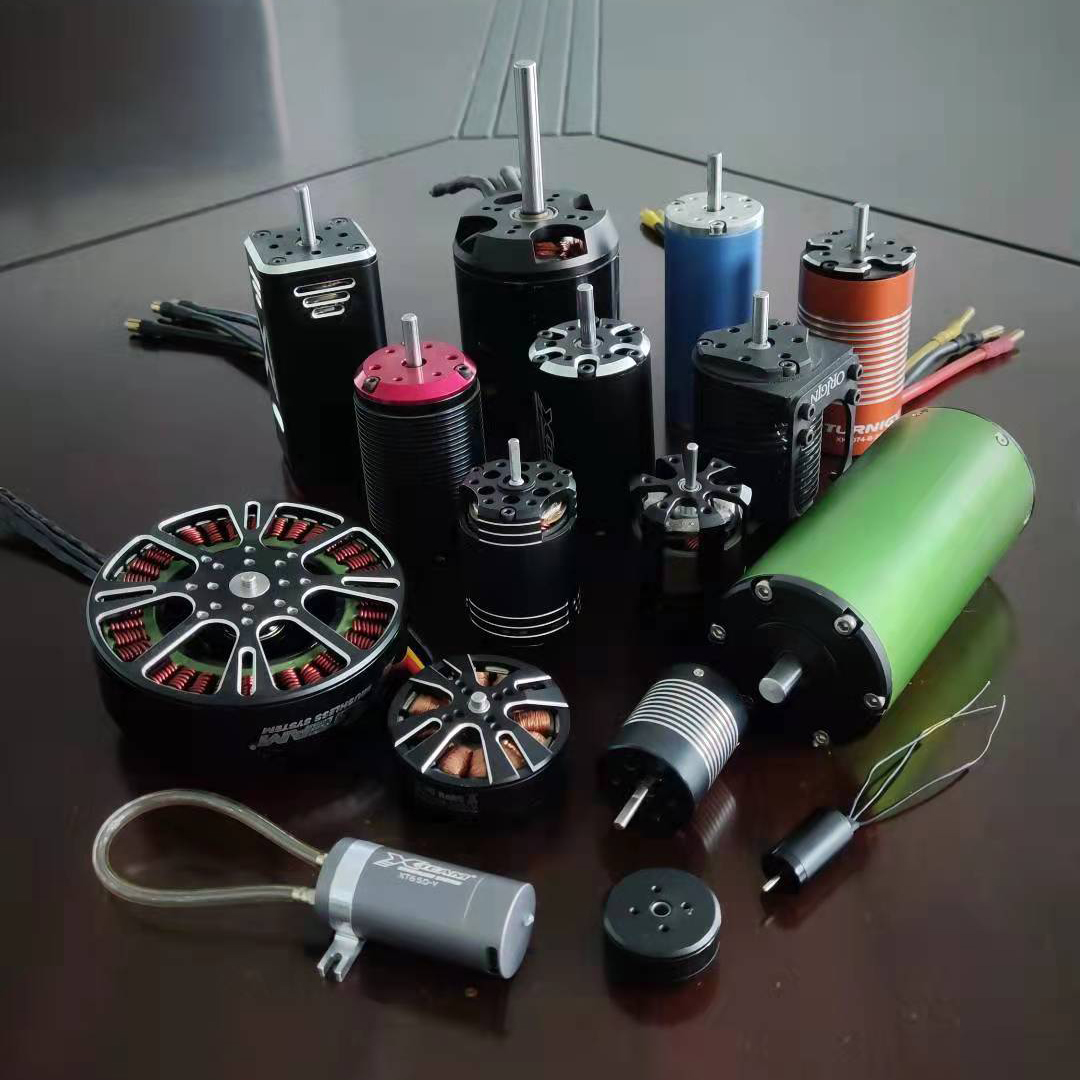Causes and Solutions for High Current in Brushless Motors
Causes and Solutions for High Current in Brushless Motors
Brushless motors are widely used in high-tech fields such as drones and...
read more
Jul
A DC motor is an electrical machine that converts direct current (DC) into mechanical energy through the interaction of magnetic fields and electric current. Understanding how a DC motor works is essential for applications in robotics, electric vehicles, and industrial equipment.

A DC motor works on the principle that a current-carrying conductor placed in a magnetic field experiences a force. This force causes the motor to rotate. The direction of rotation can be determined using Fleming’s Left-Hand Rule.